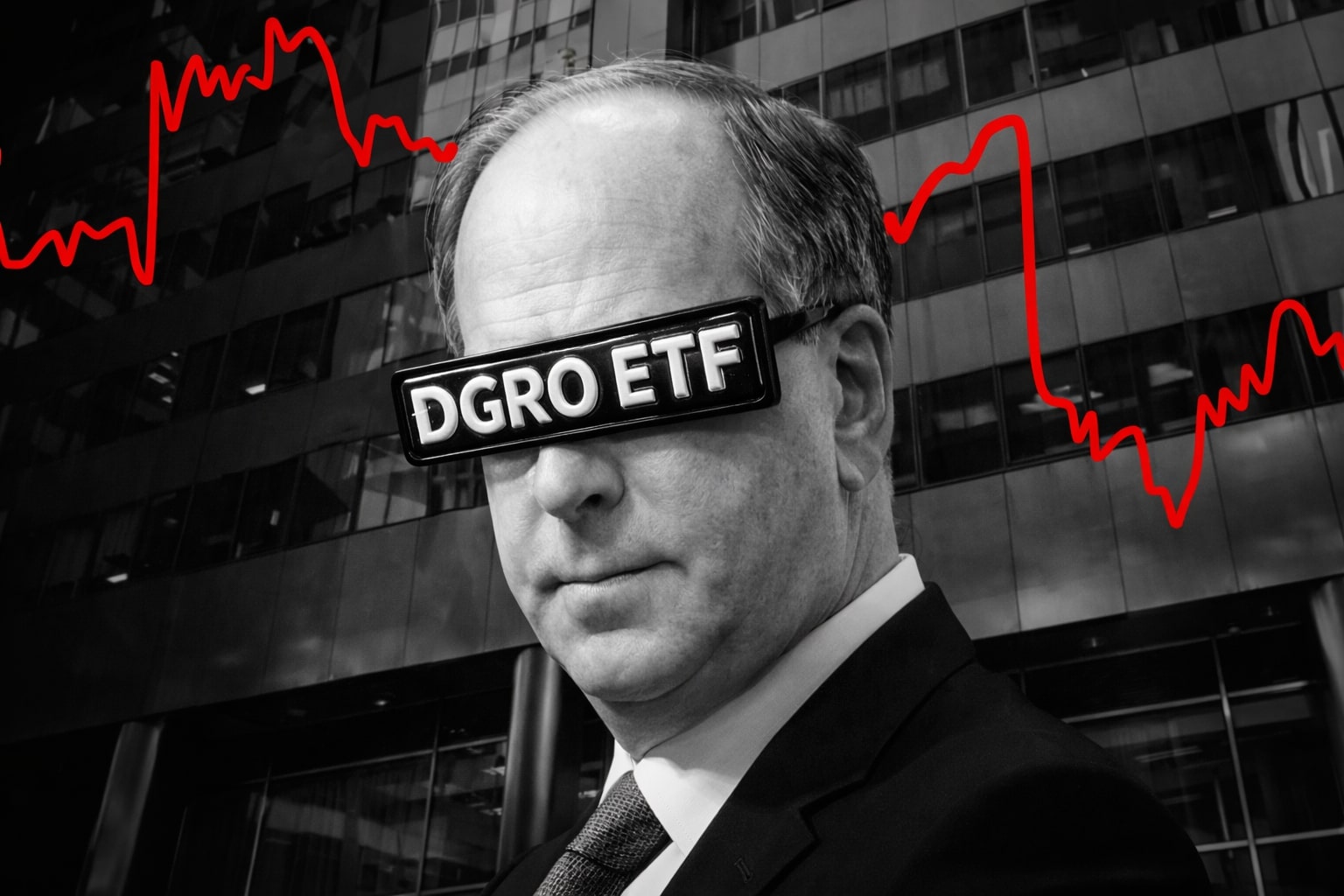
Bitcoin (BTC-USD) Price Prediction: Will Bitcoin Hit $120,000 as Global Economic Tensions Mount?
As global macroeconomic risks rise, Bitcoin’s price continues to soar. Is Bitcoin positioning itself as the ultimate store of value in uncertain times? | That's TradingNEWS
Bitcoin's Surge Amid Global Macroeconomic Turmoil: An In-Depth Analysis of Price Movements and Institutional Trends
The rise of Bitcoin (BTC-USD) to a new all-time high of $111,900 last week has left market analysts and investors wondering if this marks the beginning of a major bull run or a volatile consolidation period. Bitcoin has made headlines, surpassing its previous highs as it battles through macroeconomic pressures, including rising bond yields in the U.S. and Japan, fears of a U.S. debt crisis, and geopolitical uncertainties. With Bitcoin’s price surging, it’s essential to dissect the factors driving this growth and determine whether this momentum can be sustained.
Bitcoin Price Action and Market Context
Bitcoin's price surge to $109,623 at the start of the week signals continued bullish sentiment, even as global economic conditions remain uncertain. The cryptocurrency has proven resilient in the face of rising U.S. bond yields and geopolitical instability, traditionally signs of risk aversion in the markets. However, what is driving Bitcoin's price increase amidst such volatility?
The U.S. Treasury bond yields have surged significantly, with the 30-year yield hitting 5.15% on May 22, a level unseen since October 2023. These rising yields are indicative of increasing concerns over the U.S. debt burden, which has surpassed $36.8 trillion. This situation, exacerbated by President Trump's economic policies and the growing risk of a U.S. debt crisis, is shifting investor focus. Traditional safe havens like U.S. bonds are losing their luster as the cost of servicing U.S. debt rises, prompting investors to look for alternatives.
Bitcoin as a Safe-Haven Asset
In a climate where traditional safe-haven assets like U.S. Treasuries are under pressure, Bitcoin is emerging as a potential store of value. This is especially true as inflation continues to outpace expectations, and traditional risk-off assets no longer provide the stability they once did. Bitcoin is increasingly being recognized by institutional investors as a politically neutral asset that operates outside the control of centralized financial systems—offering an alternative to fiat currencies tied to government debt.
The shift towards Bitcoin from U.S. bonds is significant. In a time when U.S. inflation data and bond market volatility are causing concern, Bitcoin’s performance, relative to traditional assets, has been impressive. On May 25, Bitcoin was trading at $109,100, with the Relative Strength Index (RSI) still showing signs of bullish momentum despite the volatility. The RSI reading of 67 indicates that Bitcoin is nearing overbought conditions, but as traders look to Bitcoin as a hedge against broader economic instability, the asset continues to attract institutional flows.
Institutional Investors and Bitcoin ETFs
The surge in Bitcoin ETFs is one of the key indicators that institutional interest in Bitcoin is not only increasing but is also becoming more structured. According to CoinGlass, Bitcoin ETFs now have assets under management exceeding $104 billion, marking an all-time high. This surge reflects the growing recognition of Bitcoin as a stable asset, one that can compete with precious metals like gold as a store of value in uncertain times.
It’s clear that Bitcoin is increasingly being seen as a politically neutral store of value, akin to gold, but with far higher upside potential. The $2.75 billion in inflows into Bitcoin ETFs, which helped propel Bitcoin’s rise to over $110,000, suggests that institutional investors are betting on Bitcoin as an asset that can weather global economic storms.
The Impact of Rising Yields and Inflation on Bitcoin Price
The correlation between rising U.S. Treasury yields and Bitcoin’s rise might seem counterintuitive at first. Traditionally, high bond yields signal a rise in the cost of borrowing and a tightening of financial conditions, which would typically hurt risk assets. However, Bitcoin is beginning to emerge as a safe haven, not just for retail investors, but for large institutions looking to diversify their portfolios away from U.S. Treasury exposure. As inflation worries persist and the U.S. dollar weakens, Bitcoin’s relatively fixed supply and decentralized nature become increasingly attractive.
While Bitcoin’s volatility is far from over, it is likely that the surge in bond yields will continue to support Bitcoin’s narrative as an alternative to traditional assets. As bond yields continue to rise, the notion of Bitcoin (BTC-USD) as a safe-haven asset is becoming more ingrained in investor sentiment.
Bitcoin’s Path to New Highs: Technical and Market Sentiment
The technical analysis of BTC-USD continues to suggest bullish potential. The price tested its previous all-time high near $111,900 before consolidating in the $109,000 range. While the Moving Average Convergence Divergence (MACD) indicates some indecisiveness in the market, the overall sentiment remains bullish, with Bitcoin seeing significant interest from both retail and institutional investors.
One noteworthy observation comes from high-leverage traders, with prominent figures such as James Wynn from Hyperliquid making big bets on both long and short positions. Despite the volatility in Bitcoin’s price action, the market has shown resilience, with large institutional players continuing to invest. Bitcoin’s market cap still sits at a fraction of gold’s $22 trillion, which suggests that even after its recent surge, Bitcoin remains significantly undervalued compared to traditional stores of value.
US Treasury Yield and Japanese Bond Markets: A Global Perspective
The surge in U.S. Treasury yields, particularly the rise of the 5-year U.S. Treasury yield to 4%, is another factor influencing Bitcoin’s price. Higher yields increase the cost of borrowing, leading to a tightening of liquidity in the economy. This creates a situation where investors are turning away from traditional assets and looking for alternatives, such as Bitcoin, which offers a decentralized and inflation-hedging alternative. The rise in Japanese bond yields also reflects a similar shift, as Japan, the largest holder of U.S. debt, begins to reassess its exposure.
Bitcoin’s performance amid this environment shows that, while traditional assets like U.S. Treasuries may lose their luster, decentralized digital assets like Bitcoin continue to gain traction as a hedge against inflation and a store of value. This dynamic, fueled by growing economic uncertainty and concerns over rising bond yields, is expected to persist, contributing to Bitcoin's continued rise.
Bitcoin and Institutional Sentiment: Whale Activity and ETFs
The activity of Bitcoin whales and institutional players further highlights Bitcoin’s growing role in the global financial landscape. With Bitcoin ETFs reaching new all-time highs, large investors continue to view Bitcoin as an attractive investment. The growing inflows into Bitcoin ETFs, coupled with increasing interest from institutions, suggest that Bitcoin is positioning itself not just as a high-risk asset, but as a stable store of value in a world plagued by economic instability.
The continued presence of institutional capital in Bitcoin suggests that the asset is maturing and becoming more accepted within mainstream finance. The demand for Bitcoin as a hedge against economic uncertainty is likely to grow, especially as global markets remain volatile. Traders are particularly focused on Bitcoin’s (BTC-USD) potential to outperform other risk assets, including equities, as global economic conditions continue to fluctuate.
Bitcoin's Dual Role: High-Yield Risk Asset and Safe Haven
As Bitcoin continues to navigate these uncertain economic times, it is becoming increasingly clear that the cryptocurrency can serve both as a high-yield risk asset and as a safe haven for investors seeking protection from economic instability. In a world where traditional assets are becoming increasingly volatile and unreliable, Bitcoin offers a unique blend of qualities that are attracting both risk-seeking investors and those looking for stability.
The combination of Bitcoin’s fixed supply, decentralized nature, and growing institutional participation makes it a compelling asset in today’s financial landscape. Bitcoin is not only challenging traditional perceptions of money but also redefining what it means to invest in an asset class that operates independently of government control and central banks.
BTC-USD Price Outlook and Market Sentiment
The outlook for Bitcoin remains bullish, with the price continuing to hover near its all-time highs. As the market digests rising bond yields and the potential for higher inflation, Bitcoin’s appeal as a store of value will continue to grow. With institutional interest, growing ETF inflows, and a global shift toward alternative assets, Bitcoin is positioned to continue its upward trajectory, with potential for new all-time highs.
Is Bitcoin (BTC-USD) Ready for a New All-Time High?
Looking at the current market sentiment and technical indicators, Bitcoin is poised for further upside potential. Traders should closely monitor key levels, including support at $106,406 and resistance near $111,900. A break above the latter could signal the next phase of the bull market, potentially targeting the psychological $120,000 level.
For now, Bitcoin remains in a favorable position to continue its growth, fueled by both macroeconomic factors and institutional interest, positioning it as a viable alternative to traditional assets in the evolving global financial system.
That's TradingNEWS
Read More
-
DGRO ETF Price: Is DGRO at $69.17 Still the Better Dividend-Growth Bet?
17.12.2025 · TradingNEWS ArchiveStocks
-
XRP Price Stuck Below $2 As XRPI at $10.74 and XRPR at $15.26 Ride $1B+ ETF Inflows
17.12.2025 · TradingNEWS ArchiveCrypto
-
Natural Gas Price Forecast - NG=F Steady Near $4 as TTF Jumps on Colder Forecasts and LNG Outage Risk
17.12.2025 · TradingNEWS ArchiveCommodities
-
USD/JPY Price Forecast: USDJPY=X 155.50 Pivot Before BoJ Hike and US CPI
17.12.2025 · TradingNEWS ArchiveForex

















